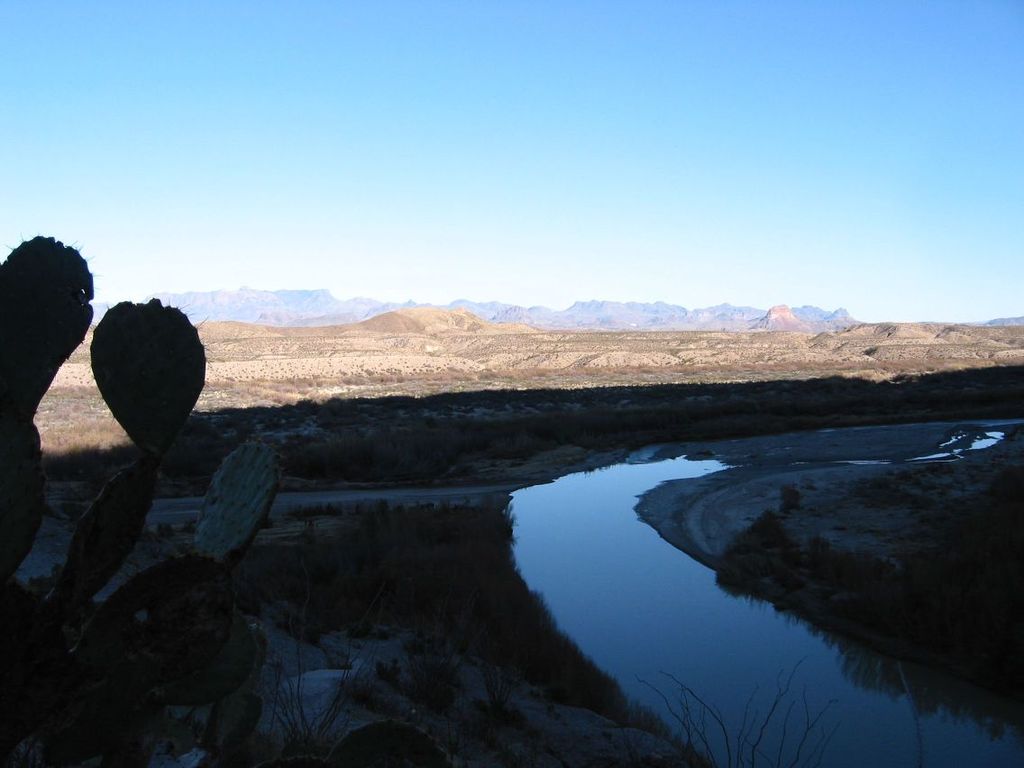
Source: Bob Palin
Late on November 1, the EPA quietly signed a supplemental proposed Texas Regional Haze rule that attempts to shore up its inadequate proposal from over a year ago. An initial review suggests that this new proposal continues to undercut the letter and intent of the Clean Air Act. EPA has scheduled a public hearing to take place on, Monday, December 9, 2019 if requested with public comments due shortly after.
In response to this proposal, Chrissy Mann, Senior Campaign Representative with Sierra Club’s Beyond Coal Campaign, released the following statement:
“Under the Clean Air Act protection called the Regional Haze Rule, states are required to develop plans to clean up pollution and improve air quality at iconic national parks and wilderness areas, like Big Bend National Park in Texas or the Upper Buffalo Wilderness Area in Arkansas. But for more than a decade, Texas put forth weak state plans that would do nothing to clean up the air in the state, which forced EPA -- under a court order issued during the Obama Administration -- to take control of the planning for pollution control in Texas. The Obama-era haze rule would have reduced dangerous sulfur dioxide pollution from Texas coal plants by approximately 194,000 tons per year. This new rule allows more pollution from these plants than they produced in recent years.
The Clean Air Act requires Texas’s oldest and dirtiest coal plants to install the “best” available pollution controls. EPA’s plan, proposed today, illegally gives these increasingly uneconomic and massive polluters yet another lifeline creating a trading program that essentially requires no reductions from Texas power plants--some of the largest sources of pollution in the country. In fact, this program would allow several forty-year old Texas coal plants to pollute even more than they have in recent years. This is not the path to restoring the vistas in our national parks or to cleaning up the air for our communities breathing the pollution everyday from these dirty, outdated coal plants.”